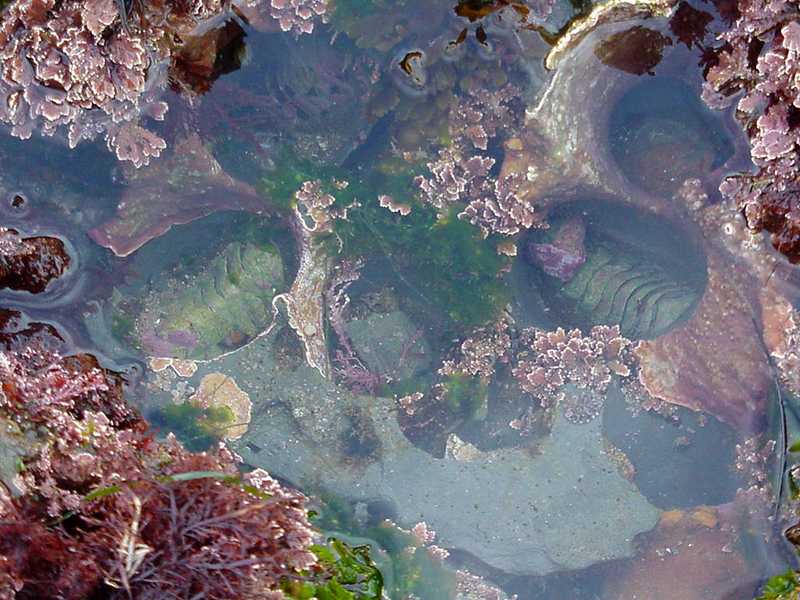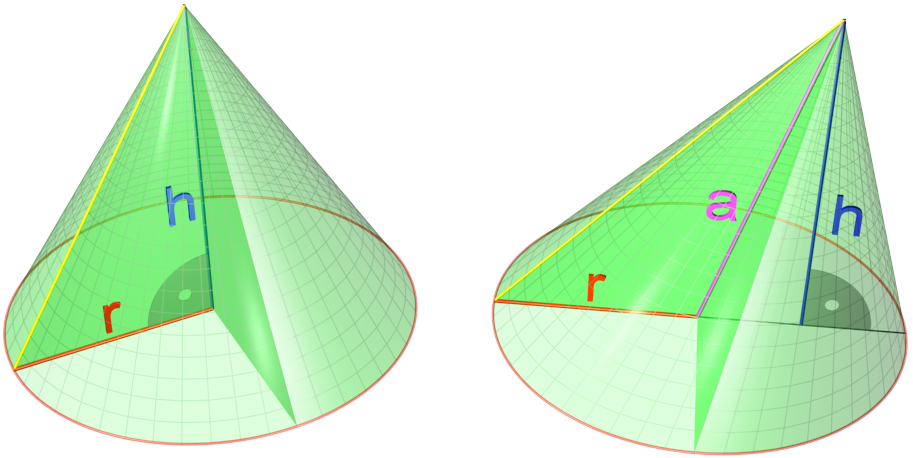|
Lumpfish
The Cyclopteridae are a family of marine fishes, commonly known as lumpsuckers or lumpfish, in the order Scorpaeniformes. They are found in the cold waters of the Arctic, North Atlantic, and North Pacific oceans. The greatest number of species are found in the North Pacific. The family name ''Cyclopteridae'' derives from the Greek words ''κύκλος'' (kyklos), meaning "circle", and ''πτέρυξ'' (pteryx), meaning "wing" or "fin", in reference to the circle-shaped pectoral fins of most of the fish in this family. Genera Cyclopteridae includes the following valid genera: Description Lumpsuckers are named appropriately enough; their portly bodies are nearly spherical with generally drab coloration and lithic patterns. The "sucker" part refers to the fish's modified pelvic fins, which have evolved into adhesive discs (located ventrally, behind the pectoral fins); the fish use these discs to adhere to the substrate. Many species have bony, wart-like ''tubercles'' adorning ... [...More Info...] [...Related Items...] OR: [Wikipedia] [Google] [Baidu] |
Cyclopterus Lumpus
''Cyclopterus'' is a genus of marine ray-finned fish belonging to the family Cyclopteridae, the lumpsuckers or lumpfish. Its only species is ''Cyclopterus lumpus'', the lumpsucker or lumpfish. It is found in the North Atlantic and adjacent parts of the Arctic Ocean, ranging as far south as the Chesapeake Bay (rare south of New Jersey) on the North American coast and Spain (rare south of the English Channel) on the European coast. The species has been reported twice in the Mediterranean Sea, off Croatia in 2004 and Cyprus in 2017. Taxonomy ''Cyclopterus'' and ''C. lumpus'' were both first formally described in 1758 by Carl Linnaeus in the 10th edition of the ''Systema Naturae'' with the North and Baltic Seas given as its type localities. ''C. lumpus'' was the only species described by Linnaeus in the genus and is described in ''Catalog of Fishes'' as the "type by Linnaean tautonomy". The 5th edition of ''Fishes of the World'' does not recognize subfamilies within the Cyclopter ... [...More Info...] [...Related Items...] OR: [Wikipedia] [Google] [Baidu] |
Eumicrotremus Awae
''Eumicrotremus awae'' is a species of lumpfish endemic to the Pacific coast of Honshu , historically known as , is the largest of the four main islands of Japan. It lies between the Pacific Ocean (east) and the Sea of Japan (west). It is the list of islands by area, seventh-largest island in the world, and the list of islands by ..., Japan, where it may be found from Chiba to Mie. It is a very small fish, reaching a maximum of SL, and it occurs near shore at depths of less than . This species is variable in color, being typically seen as either vibrant green or red. It is known to feed on extremely small crabs, and was previously known as '' Lethotremus awae'' until it was reclassified in 2017 following a taxonomic review and the descriptions of two similar "dwarf" species in ''Eumicrotremus''. References Fish of Japan awae Taxa named by David Starr Jordan Taxa named by John Otterbein Snyder Fish described in 1902 {{Cottoidei-stub ... [...More Info...] [...Related Items...] OR: [Wikipedia] [Google] [Baidu] |
Scorpaeniformes
The Scorpaeniformes are a diverse Order (biology), order of Actinopterygii, ray-finned fish, including the lionfishes and sculpins, but have also been called the Scleroparei. It is one of the five largest orders of bony fishes by number of species, with over 1,320. They are known as "mail-cheeked" fishes due to their distinguishing characteristic, the suborbital stay: a backwards extension of the third circumorbital bone (part of the lateral head/cheek skeleton, below the eye socket) across the cheek to the preoperculum (fish), operculum, to which it is connected in most species. Scorpaeniform fishes are carnivore, carnivorous, mostly feeding on crustaceans and on smaller fish. Most species live on the sea bottom in relatively shallow waters, although species are known from deep water, from the midwater, and even from fresh water. They typically have spiny heads, and rounded pectoral fin, pectoral and caudal fins. Most species are less than in length, but the full size range o ... [...More Info...] [...Related Items...] OR: [Wikipedia] [Google] [Baidu] |
Vladimir Soldatov
Vladimir Konstantinovich Soldatov (, 15 July 1875 – 31 January 1941) was a Russian and Soviet ichthyologist, zoologist, Doctor of Biological Sciences, professor of the Department of Ichthyology of the Moscow Technical Institute for the Fishery Industry. Biography The Soldatov was born in the town of Verkholensk of the Irkutsk Governorate, in a family of folk teachers K. N. and E. D. Soldatovs. At the age of one, he was transported to Irkutsk. In this city his childhood and youth passed. From 1886 to 1896 he studied at the Irkutsk classical gymnasium. After graduating from classical gymnasium, Soldatov left for the capital and entered the Natural Science Department of the Faculty of Physics and Mathematics at St. Petersburg University in 1896. Soldatov participated in the Murmansk scientific and field expedition (1899-1906) organized by N. M. Knipovich. He studied the biology and fishing of salmon on the tonyas of Russian fishermen and Sámi people in the Kola Bay and rivers ... [...More Info...] [...Related Items...] OR: [Wikipedia] [Google] [Baidu] |
Adhesive
Adhesive, also known as glue, cement, mucilage, or paste, is any non-metallic substance applied to one or both surfaces of two separate items that binds them together and resists their separation. The use of adhesives offers certain advantages over other binding techniques such as sewing, mechanical fastenings, and welding. These include the ability to bind different materials together, the more efficient distribution of stress across a joint, the cost-effectiveness of an easily mechanized process, and greater flexibility in design. Disadvantages of adhesive use include decreased stability at high temperatures, relative weakness in bonding large objects with a small bonding surface area, and greater difficulty in separating objects during testing. Adhesives are typically organized by the method of adhesion followed by ''reactive'' or ''non-reactive'', a term which refers to whether the adhesive chemically reacts in order to harden. Alternatively, they can be organized either ... [...More Info...] [...Related Items...] OR: [Wikipedia] [Google] [Baidu] |
Benthos
Benthos (), also known as benthon, is the community of organisms that live on, in, or near the bottom of a sea, river, lake, or stream, also known as the benthic zone.Benthos from the Census of Antarctic Marine Life website This community lives in or near marine or freshwater sedimentary environments, from tidal pools along the , out to the continental shelf, and then down to the [...More Info...] [...Related Items...] OR: [Wikipedia] [Google] [Baidu] |
Toad And Spiny Lumpsuckers
Toad (also known as a hoptoad) is a common name for certain frogs, especially of the family Bufonidae, that are characterized by dry, leathery skin, short legs, and large bumps covering the parotoid glands. In popular culture (folk taxonomy), toads are distinguished from frogs by their drier, rougher skin and association with more terrestrial habitats. However, this distinction does not align precisely with scientific taxonomy. List of toad families In scientific taxonomy, toads include the true toads (Bufonidae) and various other terrestrial or warty-skinned frogs. Non-bufonid "toads" can be found in the families: * Bombinatoridae ( fire-bellied toads and jungle toads) * Calyptocephalellidae (helmeted water toad and false toads) * Discoglossidae ( midwife toads) * Myobatrachidae (Australian toadlets) * Pelobatidae (European spadefoot toad) * Rhinophrynidae ( burrowing toads) * Scaphiopodidae ( American spadefoot toads) * Microhylidae ( narrowmouth toads) Biology Usu ... [...More Info...] [...Related Items...] OR: [Wikipedia] [Google] [Baidu] |
Gas Bladder
The swim bladder, gas bladder, fish maw, or air bladder is an internal gas-filled organ in bony fish that functions to modulate buoyancy, and thus allowing the fish to stay at desired water depth without having to maintain lift via swimming, which expends more energy. Also, the dorsal position of the swim bladder means that the expansion of the bladder moves the center of mass downwards, allowing it to act as a stabilizing apparatus. Additionally, the swim bladder functions as a resonating chamber to produce or receive sound. The swim bladder is evolutionarily homologous to the lungs of tetrapods and lungfish, and some ray-finned fish such as bowfins have also evolved similar respiratory functions in their swim bladders. Charles Darwin remarked upon this in ''On the Origin of Species'', and reasoned that the lung in air-breathing vertebrates had derived from a more primitive swim bladder as a specialized form of enteral respiration. Some species, such as mostly bottom dw ... [...More Info...] [...Related Items...] OR: [Wikipedia] [Google] [Baidu] |
Cone (geometry)
In geometry, a cone is a three-dimensional figure that tapers smoothly from a flat base (typically a circle) to a point not contained in the base, called the '' apex'' or '' vertex''. A cone is formed by a set of line segments, half-lines, or lines connecting a common point, the apex, to all of the points on a base. In the case of line segments, the cone does not extend beyond the base, while in the case of half-lines, it extends infinitely far. In the case of lines, the cone extends infinitely far in both directions from the apex, in which case it is sometimes called a ''double cone''. Each of the two halves of a double cone split at the apex is called a ''nappe''. Depending on the author, the base may be restricted to a circle, any one-dimensional quadratic form in the plane, any closed one-dimensional figure, or any of the above plus all the enclosed points. If the enclosed points are included in the base, the cone is a solid object; otherwise it is an open surface ... [...More Info...] [...Related Items...] OR: [Wikipedia] [Google] [Baidu] |
Cranium
The skull, or cranium, is typically a bony enclosure around the brain of a vertebrate. In some fish, and amphibians, the skull is of cartilage. The skull is at the head end of the vertebrate. In the human, the skull comprises two prominent parts: the neurocranium and the facial skeleton, which evolved from the first pharyngeal arch. The skull forms the frontmost portion of the axial skeleton and is a product of cephalization and vesicular enlargement of the brain, with several special senses structures such as the eyes, ears, nose, tongue and, in fish, specialized tactile organs such as barbels near the mouth. The skull is composed of three types of bone: cranial bones, facial bones and ossicles, which is made up of a number of fused flat and irregular bones. The cranial bones are joined at firm fibrous junctions called sutures and contains many foramina, fossae, processes, and sinuses. In zoology, the openings in the skull are called fenestrae, the most p ... [...More Info...] [...Related Items...] OR: [Wikipedia] [Google] [Baidu] |
Opercular Canal
Operculum may refer to: Human biology *Operculum (brain), the part of the brain covering the insula *Operculum (dentistry), a small flap of tissue which may cover an erupting or partially erupted molar *Cervical mucus plug, the cervical mucus plug that blocks the cervix of the uterus after conception Animal biology * Operculum (animal), a structure resembling a lid or a small door that opens and closes * Operculum (bird), a structure which covers the nares of some birds * Operculum (bryozoa), a lid on the orifice of some bryozoans * Operculum (fish), a flap covering the gills of bony fish * Operculum (gastropod), a sort of trapdoor used to close the aperture of some snails * Operculum papillare, the iris found in the eyes of elasmobranchs (skates, sharks, and rays) * The anterior end of the puparium in some insects, through which the adult emerges; for example the wasp ''Stenogastrinae'' Botany *Operculum (botany), various lids and flaps pertaining to plants, algae, and fu ... [...More Info...] [...Related Items...] OR: [Wikipedia] [Google] [Baidu] |
Lateral Line
The lateral line, also called the lateral line organ (LLO), is a system of sensory organs found in fish, used to detect movement, vibration, and pressure gradients in the surrounding water. The sensory ability is achieved via modified epithelial cells, known as hair cells, which respond to displacement caused by motion and transduce these signals into electrical impulses via excitatory synapses. Lateral lines play an important role in schooling behavior, predation, and orientation. Early in the evolution of fish, some of the sensory organs of the lateral line were modified to function as the electroreceptors called ampullae of Lorenzini. The lateral line system is ancient and basal to the vertebrate clade, as it is found in fishes that diverged over 400 million years ago. Function The lateral line system allows the detection of movement, vibration, and pressure gradients in the water surrounding an animal. It plays an essential role in orientation, predation, and fish ... [...More Info...] [...Related Items...] OR: [Wikipedia] [Google] [Baidu] |








